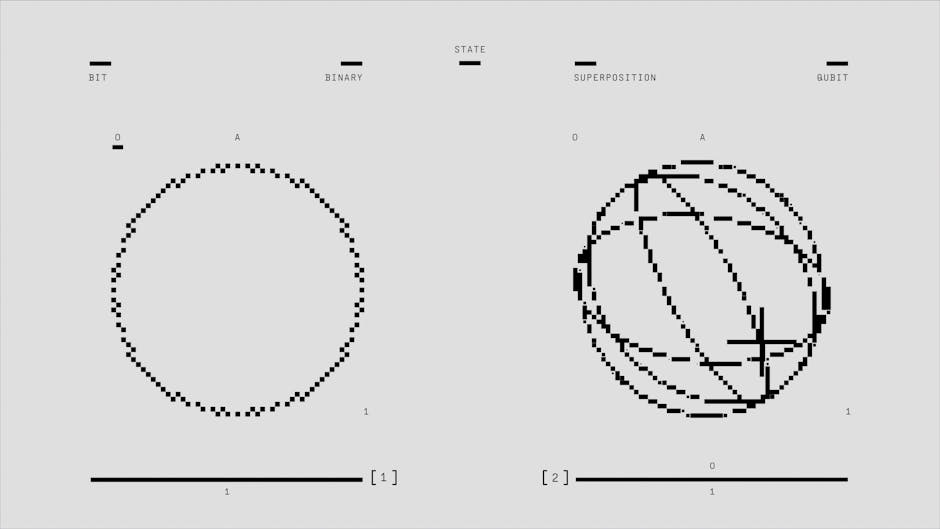
Exploring Schrödinger's Cat: The Quantum Paradox
In the world of quantum mechanics, there are several thought experiments that challenge our understanding of reality. One of the most famous examples is Schrödinger's cat.
Schrödinger's cat is a hypothetical experiment devised by physicist Erwin Schrödinger in 1935. The experiment was designed to highlight the strange and contradictory behavior of subatomic particles, particularly when they exist in a superposition of states.
The experiment begins with a cat placed inside a sealed box. Within the box, there is also a vial of poisonous gas, a radioactive substance, and a Geiger counter. If the radioactive substance decays, the Geiger counter triggers the release of the gas, ultimately killing the cat. However, before the box is opened, the cat exists in a state of superposition, meaning it is both alive and dead at the same time. It is only when an observer opens the box and makes a measurement that the cat's state is determined.
The paradox lies in the fact that, according to quantum mechanics, until the box is opened and observed, the cat can be considered both alive and dead simultaneously. This concept challenges our everyday understanding of cause and effect, as well as the notion of definite states of being.
Schrödinger's cat is often used as an illustration of the concept of quantum superposition and the Copenhagen interpretation of quantum mechanics. It demonstrates the strange and counterintuitive behavior of particles at the microscopic level.
